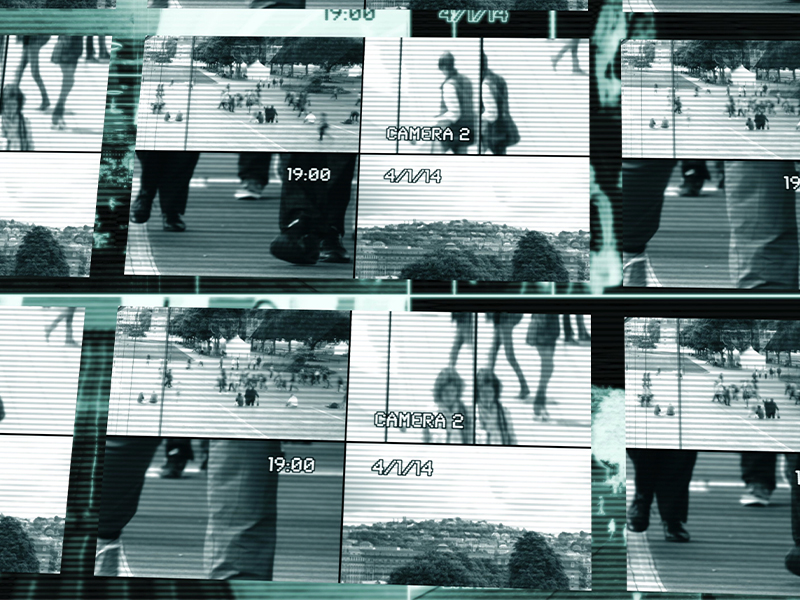Picture this: you’re in the midst of a high-stakes civil trial case. The courtroom is packed with attorneys, the judge, the jury, and a gallery of spectators. Every word, every gesture, and every piece of evidence matters. In such a critical environment, the power of video cannot be overstated. The scary truth is that not using video to your advantage in your next civil trial case can be a costly mistake. Video is a game-changer in the courtroom, providing insights that can help you secure the best possible outcome for your clients.
The Visual Impact of Video
- Enhanced Credibility
Using video in your civil trial case can significantly boost your credibility as an attorney. When you present video evidence, you’re offering the jury a visual record that is difficult to dispute. It brings transparency to the proceedings and shows that you’re not just making claims but providing concrete proof.
- Clearer Depositions and Witness Testimonies
In civil trials, depositions and witness testimonies are pivotal. However, the nuances of spoken words and facial expressions can be challenging to capture in written transcripts. Video, on the other hand, allows you to present these testimonies in their full context. Jurors can observe body language, hesitations, and emotions, which can make a significant difference in their perception of a witness’s credibility.
- Recreating the Scene
Video can recreate scenes and events in a way that written descriptions simply can’t match. If you have an accident reconstruction expert or need to illustrate a complex sequence of events, video can be invaluable. It provides jurors with a clear and vivid picture, helping them better understand the circumstances of the case.
- Presenting Exhibits
Many civil trials involve complex exhibits, such as medical records, financial documents, or contracts. Presenting these exhibits in their original, video format can simplify the process. You can zoom in on specific sections, highlight key points, and guide the jury’s attention to critical details.
- Impactful Opening and Closing Statements
Video can be a powerful tool for making memorable opening and closing statements. You can incorporate compelling visuals, such as interviews, expert opinions, and documentary-style presentations, to support your arguments and engage the jury on an emotional level.
The Efficiency Factor
- Time-Saving
Time is of the essence in a trial, and video can save precious minutes and hours. Rather than reading lengthy documents or transcripts, you can play video segments that convey the same information in a fraction of the time. This efficiency can help streamline the trial process and keep the jury engaged.
- Eliminating Ambiguity
In a trial, there’s no room for ambiguity or misinterpretation. Video eliminates these concerns by providing a clear, unambiguous record of events, statements, and evidence. This can prevent disputes and speed up the decision-making process.
- Easy Review
Jurors often need to review evidence multiple times to fully grasp its significance. Video allows for quick and convenient review. Jurors can revisit key moments, witness testimonies, or exhibits without the need for extensive note-taking or reliance on memory.
The Emotional Connection
- Engaging the Jury’s Emotions
One of the most powerful aspects of video is its ability to engage the jury’s emotions. A well-edited video can tug at heartstrings, create empathy, or invoke a visceral reaction. When jurors emotionally connect with your case, they are more likely to be swayed in your favor.
- Humanizing Your Client
Humanizing your client is essential in civil trials. Video interviews with your client, their friends and family, or expert witnesses can paint a vivid picture of the person behind the case. This personal connection can be a game-changer when it comes to securing a favorable verdict.
- Creating a Narrative
Video allows you to craft a compelling narrative for your case. You can use storytelling techniques to guide the jury through a chronological sequence of events, presenting your client’s perspective in a way that resonates with the jurors’ own experiences and values.
SEO-Friendly Video for Legal Professionals
- Transcriptions and Metadata
To make your legal videos SEO-friendly, ensure that you provide accurate transcriptions of the video content. Search engines cannot “watch” videos, so they rely on text-based information. Additionally, include relevant metadata, such as keywords and descriptions, to improve discoverability.
- Video Titles and Thumbnails
Choose descriptive and keyword-rich titles for your legal videos. Thumbnails should be visually engaging and relevant to the video’s content. These elements can significantly impact your video’s click-through rate and SEO ranking.
- Mobile Optimization
With the increasing use of mobile devices, make sure your videos are mobile-friendly. Optimize them for various screen sizes and ensure fast loading times.
In the world of civil trials, the scary truth is that not leveraging the power of video can put you at a significant disadvantage. Video enhances your credibility, provides a clear and efficient way to present evidence, and engages the jury’s emotions. It can turn the tide in your favor and secure a favorable outcome for your clients.
By incorporating video into your trial strategy, you can create a compelling narrative, humanize your client, and present your case in a manner that resonates with the jury. Moreover, by optimizing your legal videos for search engines, you can ensure that your content reaches a broader audience and strengthens your online presence as a legal professional.
In the digital age, embracing video is not just an advantage; it’s a necessity for legal professionals seeking success in the courtroom.





